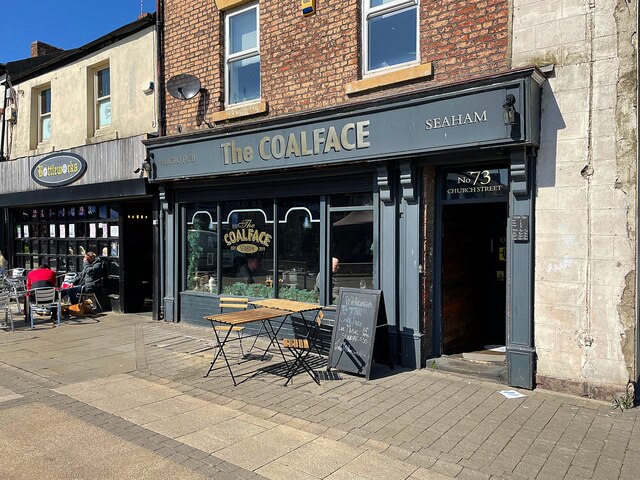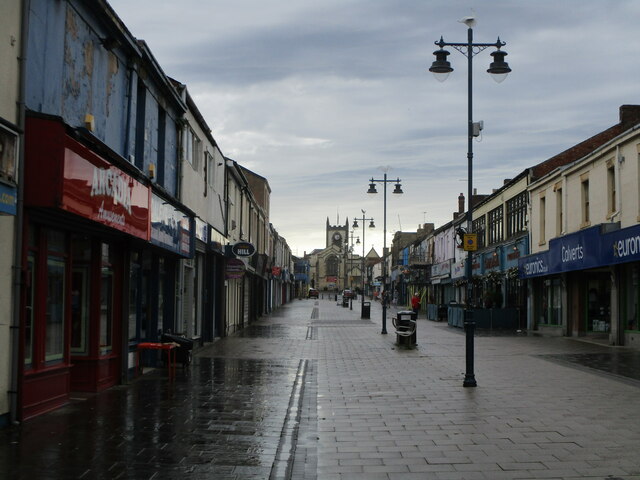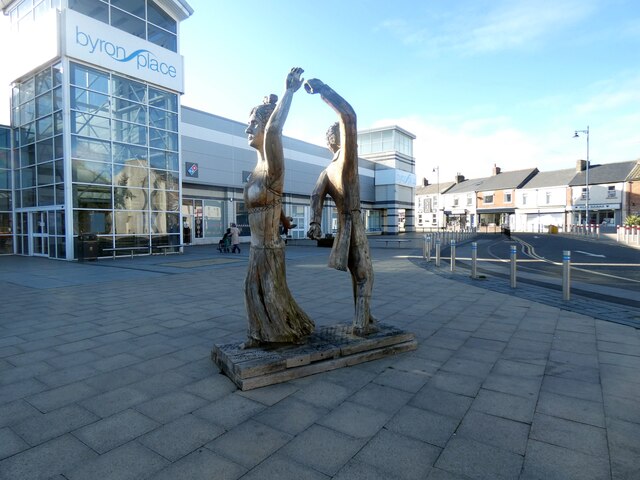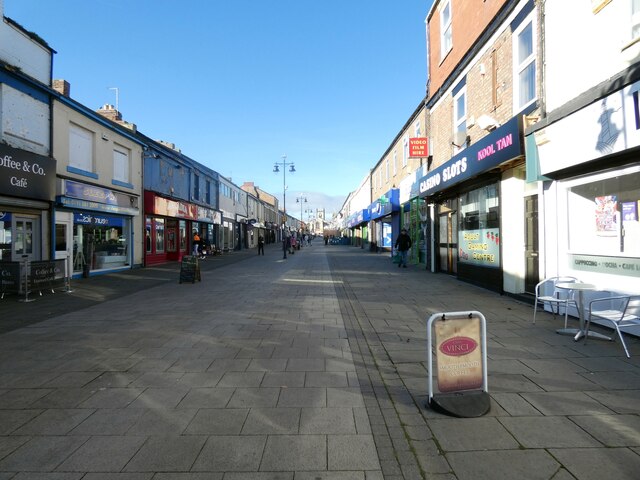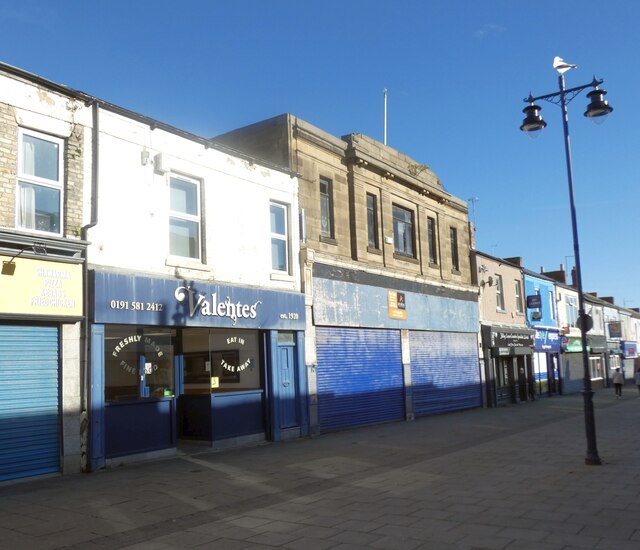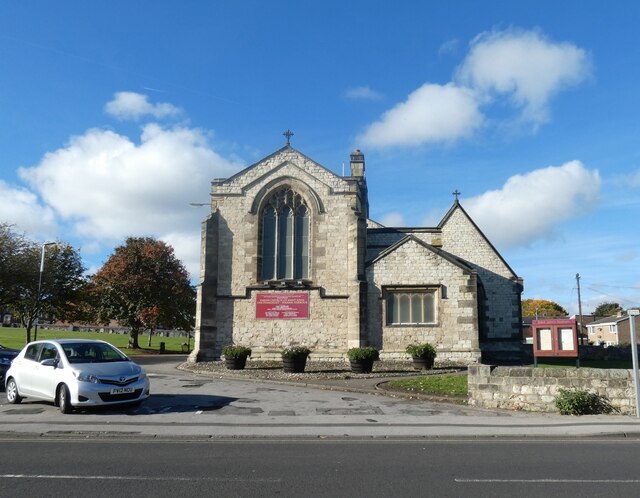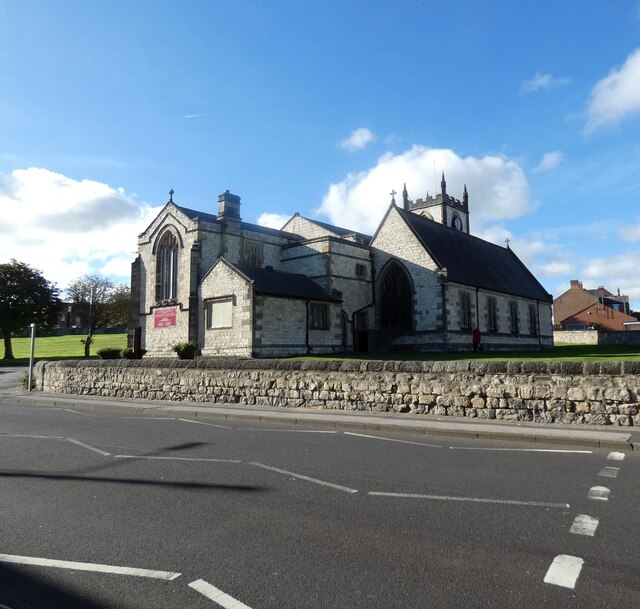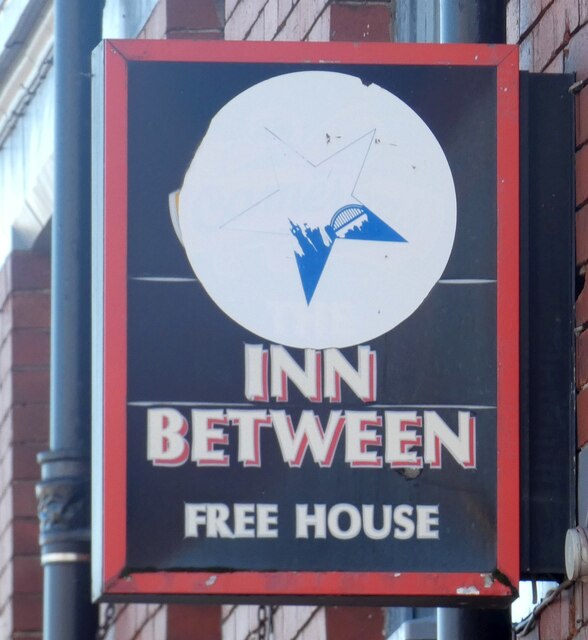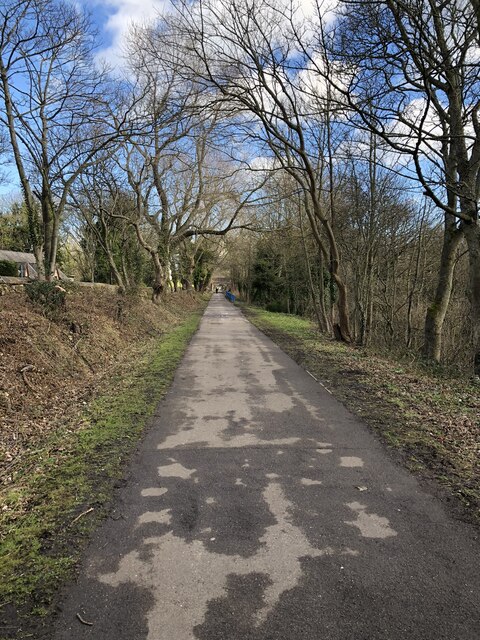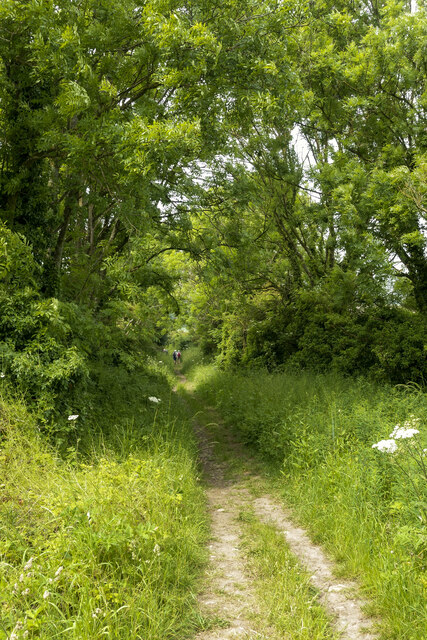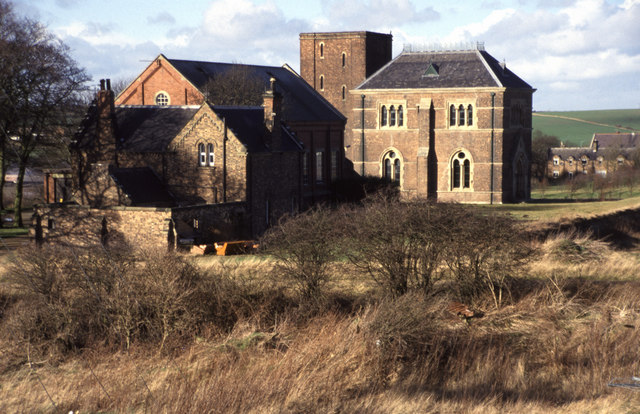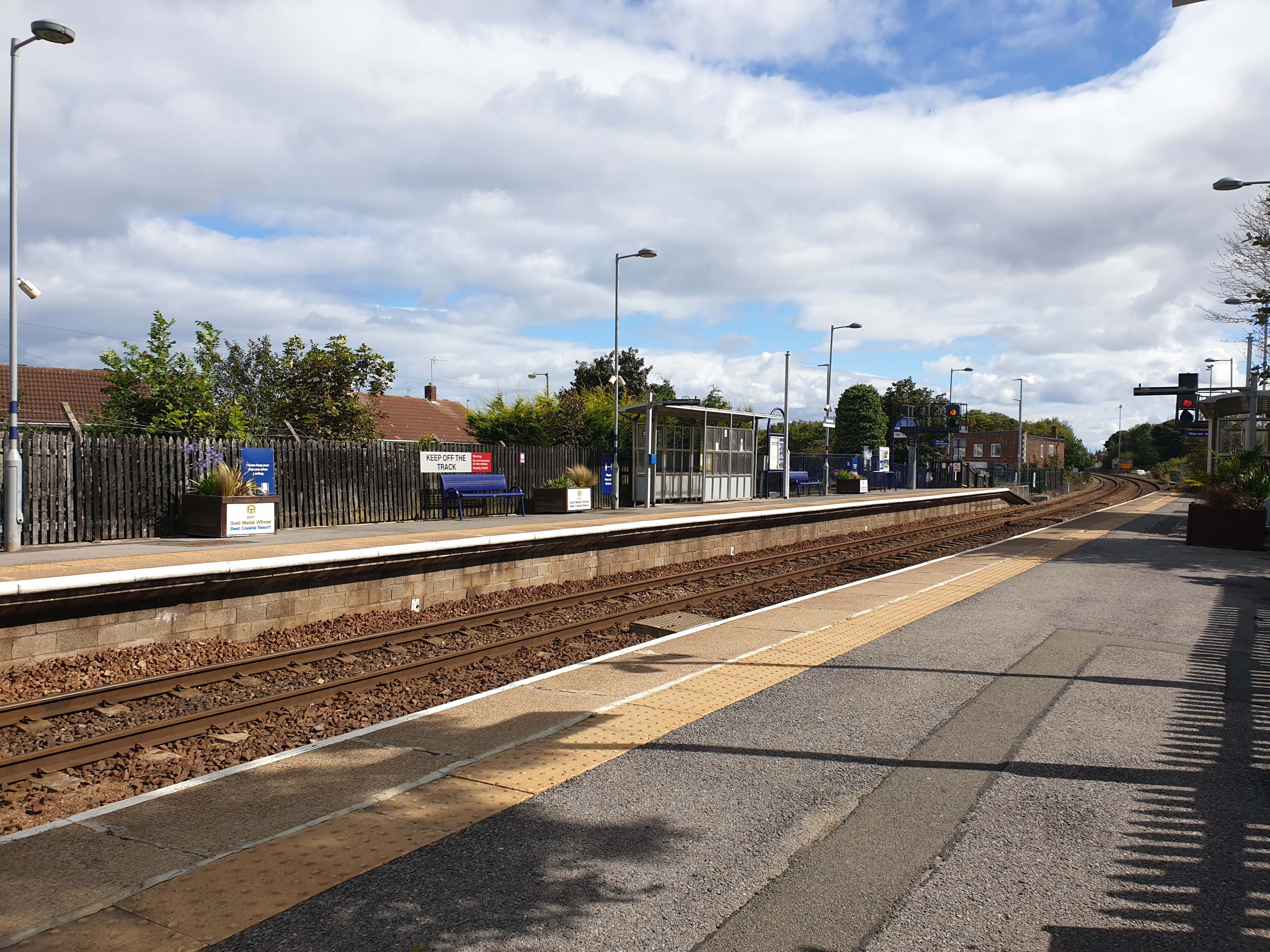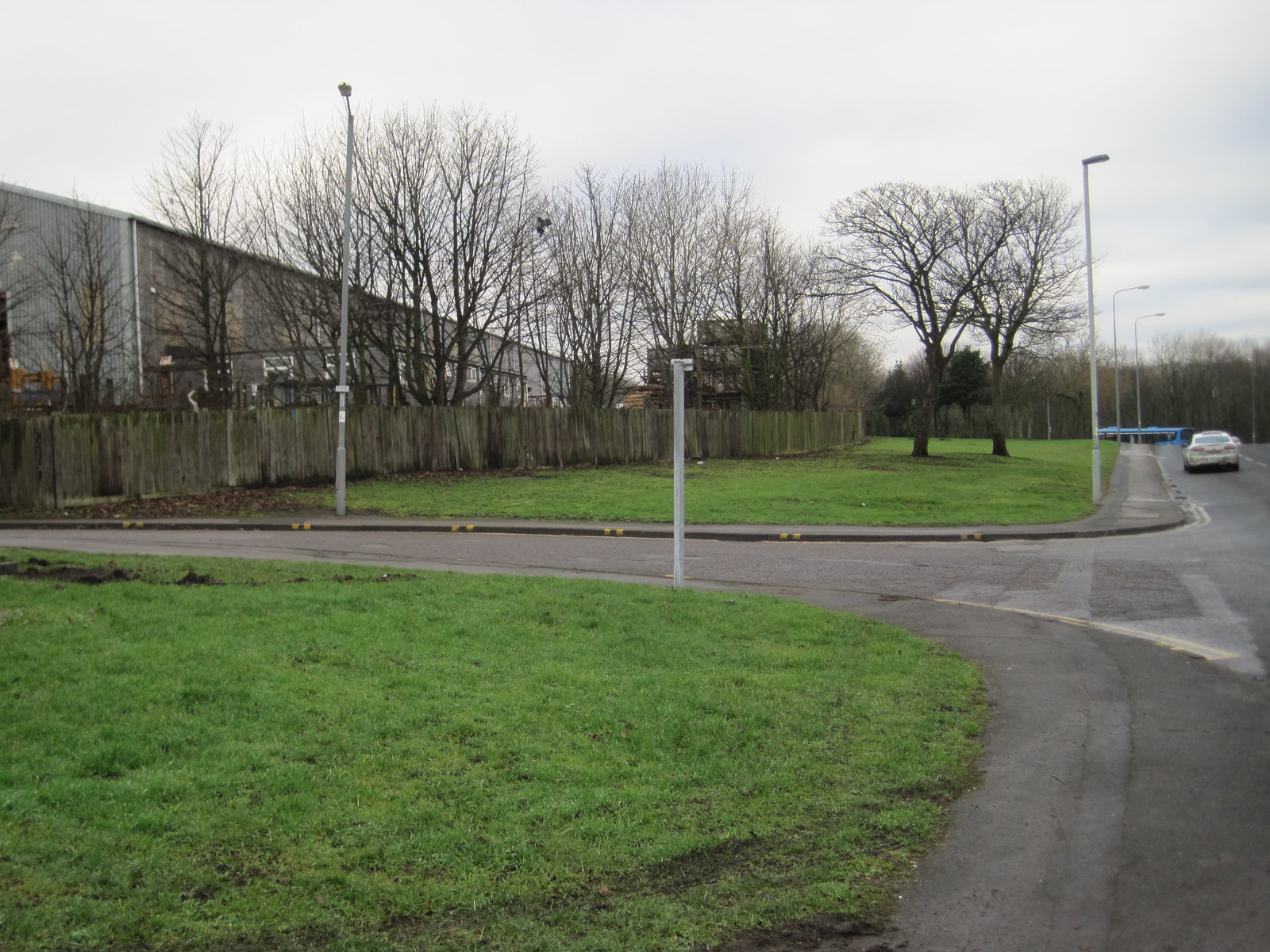Dawdon Dene
Valley in Durham
England
Dawdon Dene
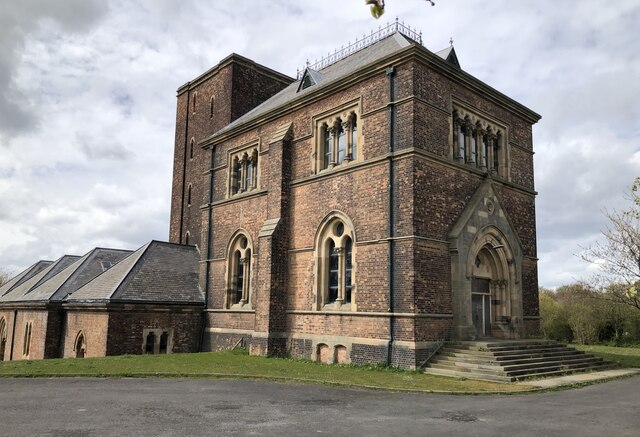
Dawdon Dene is a picturesque valley located in Durham, England. Situated in the village of Dawdon, it is a popular destination for nature enthusiasts and those seeking tranquility in a stunning natural setting. The dene is nestled between two hillsides, providing a sense of seclusion and shelter from the outside world.
The valley is renowned for its lush greenery, with dense woodland covering the slopes and a meandering stream flowing through its heart. The stream, known as the Dawdon Burn, adds to the charm of the dene, providing a soothing soundtrack as it cascades over rocks and meanders through the landscape.
Visitors to Dawdon Dene can explore numerous walking trails that wind through the valley, offering opportunities to admire the diverse flora and fauna that call the area home. The woodland boasts a rich variety of tree species, including oak, beech, and birch, creating a vibrant tapestry of colors throughout the seasons.
Wildlife enthusiasts will be delighted by the array of animals that inhabit the dene. From squirrels and rabbits to a variety of bird species, including woodpeckers and owls, there is always something to captivate nature lovers.
Dawdon Dene also holds historical significance, with remnants of old mine workings visible in some areas. These reminders of the region's coal mining past add an extra layer of interest and serve as a testament to the area's industrial heritage.
Overall, Dawdon Dene offers a peaceful retreat for those seeking solace in nature. Its picturesque surroundings, abundant wildlife, and historical significance make it a must-visit destination for both locals and tourists alike.
If you have any feedback on the listing, please let us know in the comments section below.
Dawdon Dene Images
Images are sourced within 2km of 54.827836/-1.3575857 or Grid Reference NZ4148. Thanks to Geograph Open Source API. All images are credited.

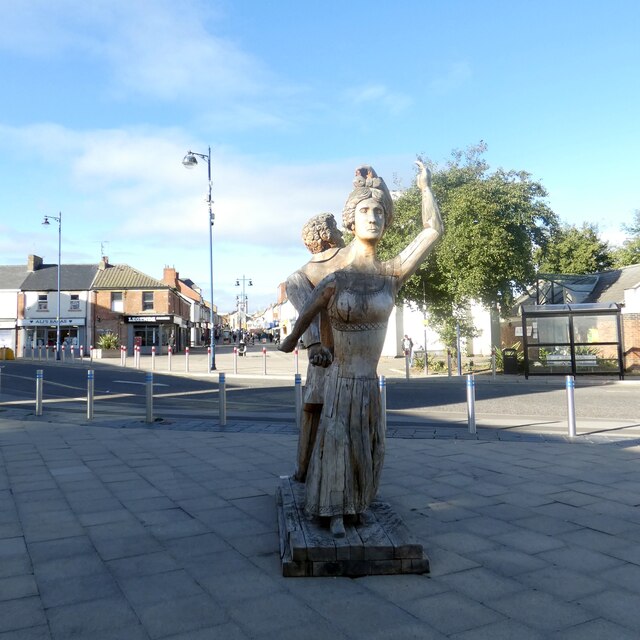
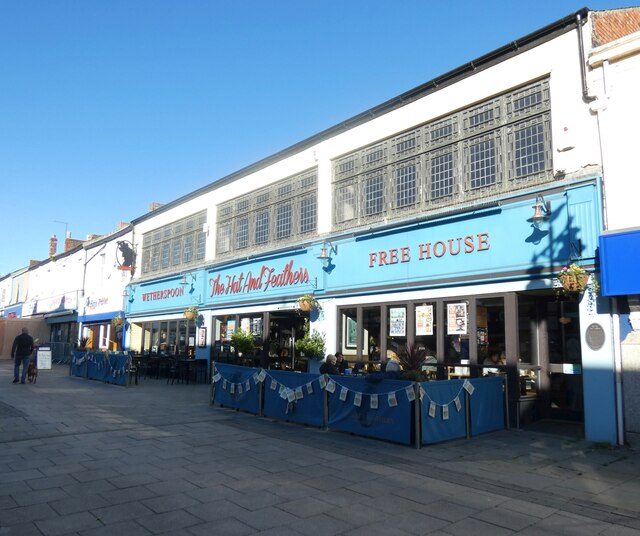
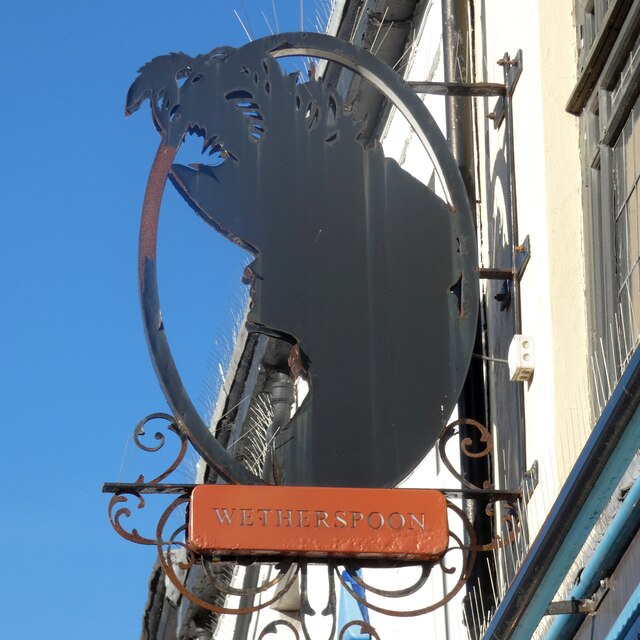
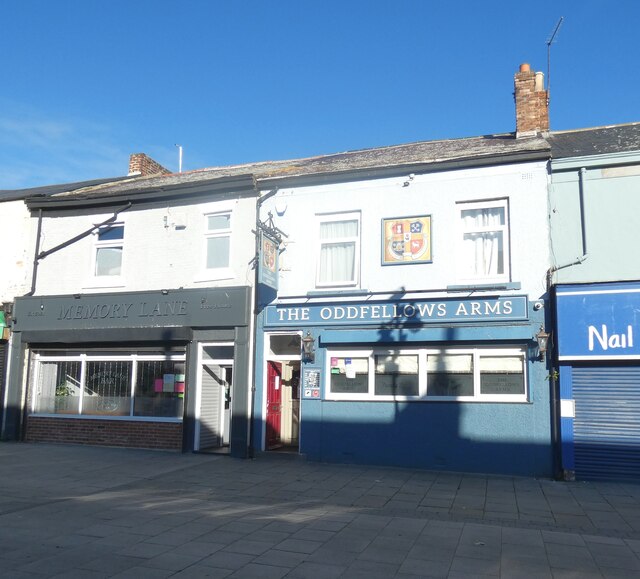
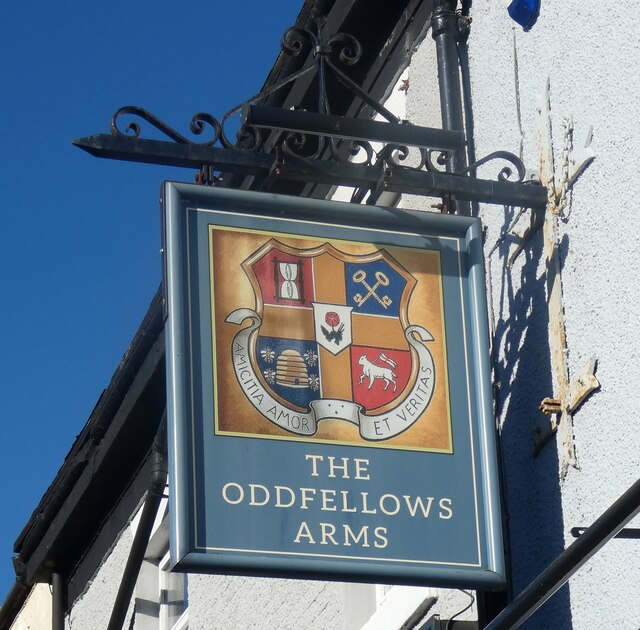
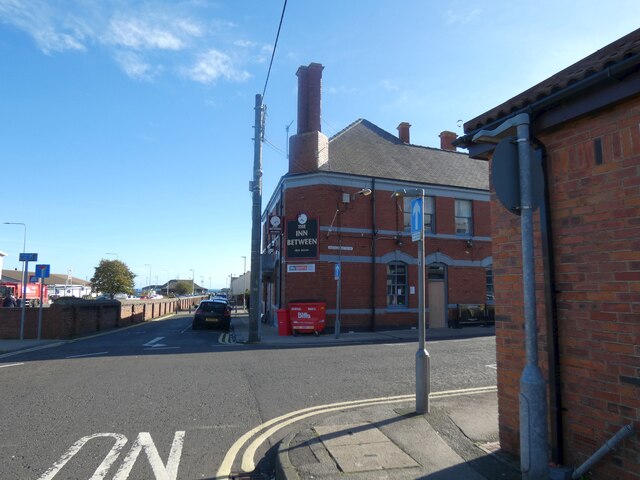
Dawdon Dene is located at Grid Ref: NZ4148 (Lat: 54.827836, Lng: -1.3575857)
Unitary Authority: County Durham
Police Authority: Durham
What 3 Words
///moving.newer.foal. Near Seaham, Co. Durham
Nearby Locations
Related Wikis
Dalton-le-Dale
Dalton-le-Dale is a small village in County Durham, in England. The parish population taken at the 2011 census was 1,546. It is situated on the old A19...
Deneside
Deneside is an area in Seaham, County Durham, in England. It is situated to the west of Seaham. == References == == External links == The most spectacular...
Stony Cut, Cold Hesledon
Stony Cut, Cold Hesledon is a Site of Special Scientific Interest in the Easington district of north-east County Durham, England. It consists of a shallow...
Cold Hesledon
Cold Hesledon is a village and former civil parish, now in the parishes of Murton and Dalton-le-Dale, in the County Durham district, in the ceremonial...
Seaham Colliery
The Seaham Colliery was a coal mine in County Durham in the North of England. The mine suffered an underground explosion in 1880 which resulted in the...
Seaham railway station
Seaham is a railway station on the Durham Coast Line, which runs between Newcastle and Middlesbrough via Hartlepool. The station, situated 5 miles 11 chains...
Seaham Harbour railway station
Seaham Harbour railway station was a railway station that served the town of Seaham Harbour in County Durham, North East England. For much of its existence...
Northlea
Northlea is an area of Seaham, County Durham, England, to the north west of Seaham town centre and close to the North Sea coast. == References ==
Nearby Amenities
Located within 500m of 54.827836,-1.3575857Have you been to Dawdon Dene?
Leave your review of Dawdon Dene below (or comments, questions and feedback).

